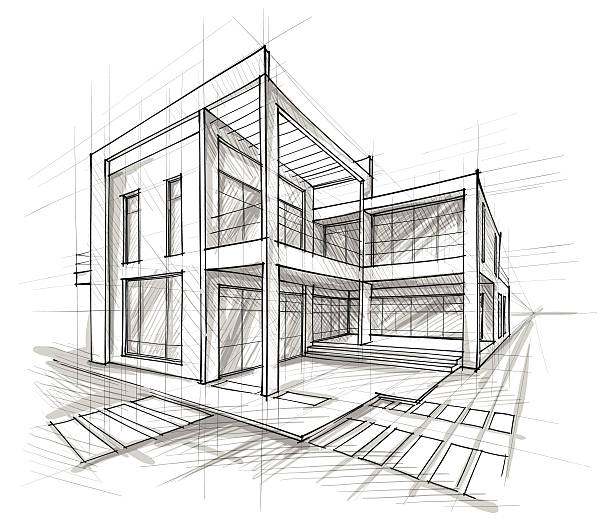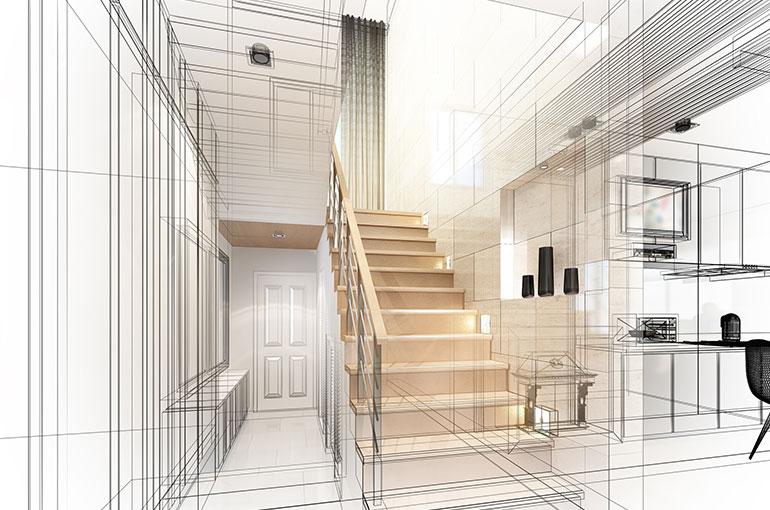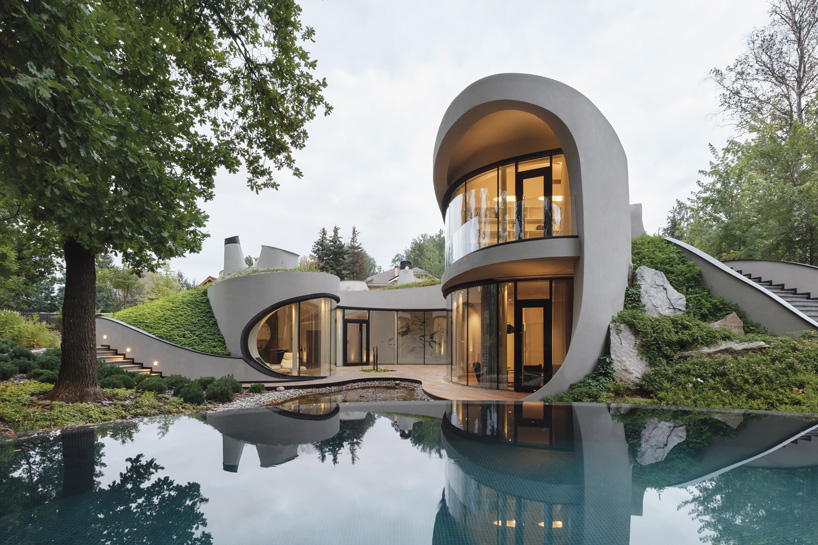A Thorough Introduction of Building Designs and Their Influence on Modern City Preparation and Advancement
Architectural designs have long offered as a mirror to the social values and technical improvements of their time, playing a vital function in shaping modern-day city planning and development. From the majesty of Neoclassicism to the practical method of Brutalism, each design has introduced one-of-a-kind concepts that affect metropolitan visual appeals and functionality.
Historical Summary of Building Styles

As societies transitioned with the Center Ages, Gothic design arised, defined by its verticality and elaborate detailing, mirroring the spiritual aspirations of the period. The Renaissance noted a revival of classic suitables, combining art and style in innovative means that influenced succeeding styles throughout Europe.

Today, building styles continue to progress, driven by globalization and sustainability problems, mirroring a vibrant interaction between heritage and innovation. This historic overview underscores the value of design as a mirror of social evolution and as a stimulant for metropolitan growth.
Secret Architectural Styles Explained
The variety of architectural styles reflects the myriad influences that shape our constructed environment, each symbolizing unique characteristics and cultural values. Key building designs consist of Classical, Gothic, Baroque, Modernism, and Postmodernism, each standing for one-of-a-kind historical contexts and aesthetic approaches.
Timeless style, rooted in ancient Greece and Rome, emphasizes balance, proportion, and making use of columns (cda architects). On the other hand, Gothic architecture, prospering in the Center Ages, is characterized by sharp arcs, ribbed safes, and flying buttresses, producing a spiritual high quality in basilicas. Baroque design, arising in the 17th century, is noted by majesty, fancy embellishment, and a vibrant interaction of light and shadow
Innovation, which gained momentum in the very early 20th century, prioritizes function over form, using brand-new materials like steel and glass to develop minimalist structures. Postmodernism, reacting against the austerity of Modernism, embraces eclecticism and historic recommendation, commonly integrating playful aspects and irony.

Influence On Urban Preparation
In shaping the advancement of cities, architectural designs substantially affect metropolitan preparation decisions. The choice of architectural style often dictates the aesthetics, capability, and total personality of urban atmospheres. Innovation, with its focus on minimalism and functionality, encourages open areas and the combination of technology, shaping More Info city layouts that prioritize performance and ease of access. On the other hand, conventional designs might emphasize historic preservation, leading to metropolitan designs that keep social heritage and advertise pedestrian-friendly environments.
In addition, architectural designs can affect zoning regulations and land use plans. Urban coordinators have to take into consideration the prevailing building trends when designing districts, making certain that new growths harmonize with existing structures. This factor to consider promotes cohesive metropolitan landscapes and enhances neighborhood identification.
The application of details building styles can likewise influence socioeconomic variables within a city. High-end contemporary designs may attract wealthy homeowners and businesses, leading to gentrification, while extra budget-friendly housing options may focus on practical and lasting designs to fit diverse populations. cda architects. Eventually, the interplay in between building styles and city preparation creates dynamic cities that reflect both historic context and contemporary needs, forming the lived experiences of their occupants
Sustainability and Modern Style
Building styles play a critical role in resolving contemporary difficulties, specifically in the realm of sustainability. As urban locations broaden and environmental concerns escalate, modern-day style progressively welcomes sustainable design concepts that focus on power performance, resource conservation, and very little eco-friendly influence.
Contemporary building activities, such as biophilic layout and environment-friendly architecture, advocate read for structures that balance with their environments, using all-natural materials and promoting biodiversity. These styles typically include renewable resource resources, such as solar panels and wind generators, to lower reliance on nonrenewable fuel sources and lower carbon impacts.
Moreover, the combination of sophisticated modern technologies, such as clever structure systems, improves power administration, maximizing source usage while making sure occupant convenience. Innovative water management strategies, including rainwater harvesting and greywater recycling, additional contribute to lasting urban atmospheres.
Notably, sustainability extends beyond ecological problems; it incorporates social and financial dimensions also. By cultivating area wellness and advertising inclusivity, modern-day architectural designs align with lasting development goals. The development of building techniques proceeds to shape resistant cities that not just meet the demands of the existing however additionally safeguard the future for generations to come.
Community Involvement in Design
Neighborhood involvement in design acts as an important bridge in between designers and the populations they serve, guaranteeing that the developed setting mirrors the needs and aspirations of its individuals. This joint process welcomes area participants to contribute their understandings and choices, promoting a sense of possession and obligation toward the areas they populate.
Reliable neighborhood engagement utilizes numerous approaches, such as workshops, studies, and public discussion forums, to gather diverse point of views. These methods promote a two-way discussion, permitting designers to comprehend neighborhood contexts while empowering homeowners to articulate their concerns and needs. This inclusivity not only improves the design high quality yet likewise advertises social equity by resolving the distinct obstacles dealt with by marginalized teams.
Furthermore, neighborhood interaction can bring about ingenious services discover here that could not emerge in a standard layout procedure. By integrating neighborhood expertise and social values, architects can produce spaces that resonate even more deeply with individuals, improving usability and sustainability. Ultimately, prioritizing community interaction in layout processes causes atmospheres that nurture social communications, support wellness, and enhance community connections, thereby playing a critical duty in forming modern-day metropolitan landscapes.
Final Thought
Building styles have actually greatly affected modern city planning and advancement, showing progressing social and technological contexts. The combination of historic visual appeals with modern needs cultivates city settings that prioritize sustainability and neighborhood involvement. As cities continue to grow and adjust, the ongoing dialogue between architectural heritage and modern-day design principles will certainly remain important in developing inclusive, dynamic rooms that boost lifestyle and promote social equity. The future of urban advancement depend upon this unified balance.